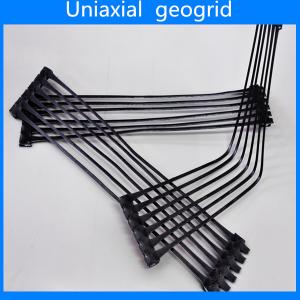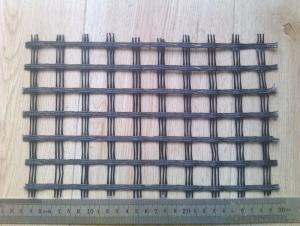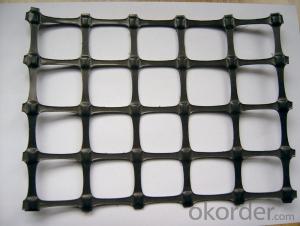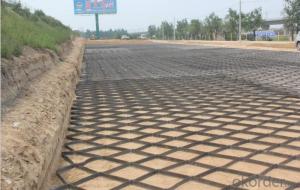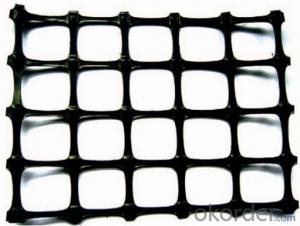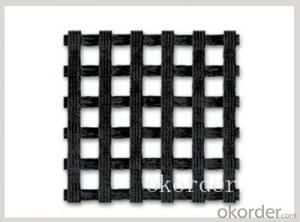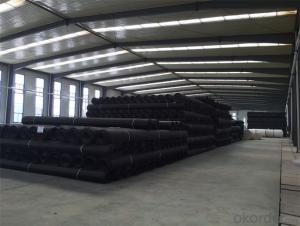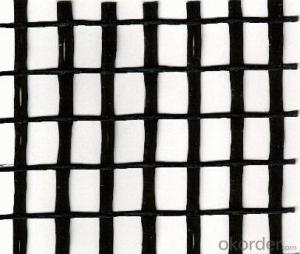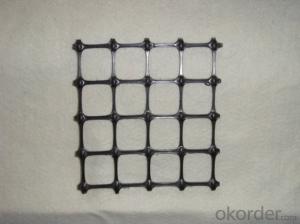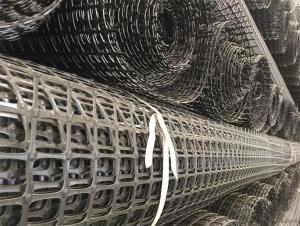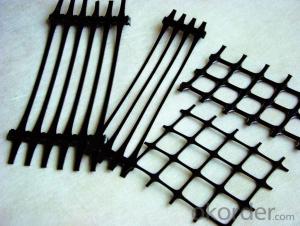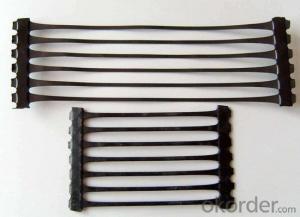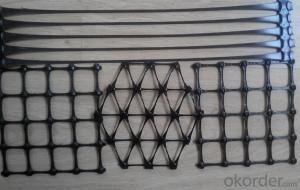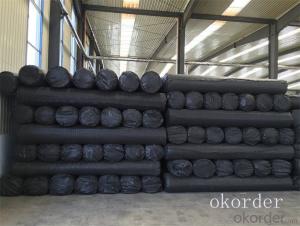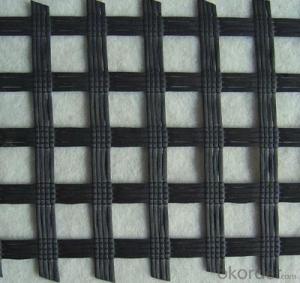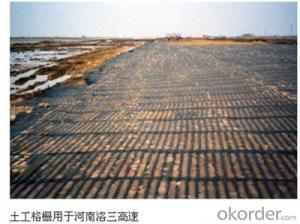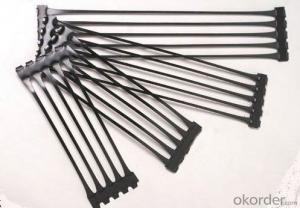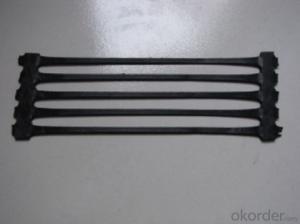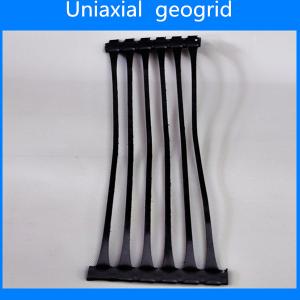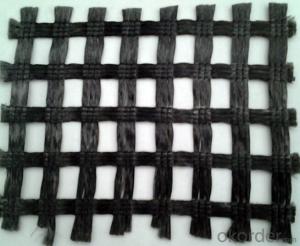Geogrid Uniaxial
Geogrid Uniaxial Related Searches
Uniaxial Geogrid Multiaxial Geogrid Tensar Uniaxial Geogrid Uniaxial Geogrid Specifications Triaxial Geogrid Hdpe Uniaxial Geogrid Biaxial Integral Geogrid Multi Axial Geogrid Tensar Biaxial Geogrid Biaxial Geogrid Bx1100 Biaxial Geogrid Bx1200 Tensar Bx1100 Biaxial Geogrid Triaxial Geogrid Tensar Tensar Triaxial Geogrid Biaxial Plastic Geogrid Bidirectional Geogrid Biaxial Polypropylene Geogrid Universal Geogrid Tensar Bx1200 Biaxial Geogrid Triax Geogrid Geogrid Triax Tensar Ux Geogrid Biaxial Geogrid Specifications Polypropylene Biaxial Geogrid Unilock Geogrid Geogrid Tensar Tenax Geogrid Extruded Geogrid Pp Biaxial Geogrid Tensar Biaxial Geogrid Bx1200Geogrid Uniaxial Supplier & Manufacturer from China
Geogrid Uniaxial is a type of geosynthetic material designed to provide reinforcement and stabilization for various civil engineering applications. These products are made from high-quality polymers and are engineered to enhance the performance of soil structures, such as retaining walls, embankments, and slopes. The unique properties of Geogrid Uniaxial make it an ideal solution for projects requiring increased load-bearing capacity and reduced settlement.The application of Geogrid Uniaxial spans across a wide range of industries, including transportation, construction, and environmental engineering. It is commonly used in road and railway construction, where it helps to distribute loads evenly, prevent pavement rutting, and extend the lifespan of the infrastructure. In addition, Geogrid Uniaxial is utilized in slope stabilization and erosion control projects, where it reinforces the soil and prevents soil movement. This versatile product is also employed in landfill projects to manage waste containment and reduce the risk of environmental contamination.
Okorder.com is a leading wholesale supplier of Geogrid Uniaxial products, offering a vast inventory to cater to the diverse needs of customers worldwide. With a strong commitment to quality and customer satisfaction, Okorder.com ensures that the Geogrid Uniaxial products they provide meet the highest industry standards. Their extensive range of products allows customers to choose the most suitable Geogrid Uniaxial for their specific project requirements, making Okorder.com a reliable and trusted source for geosynthetic materials.
Hot Products


